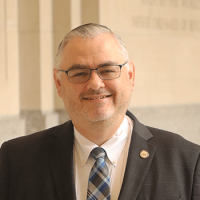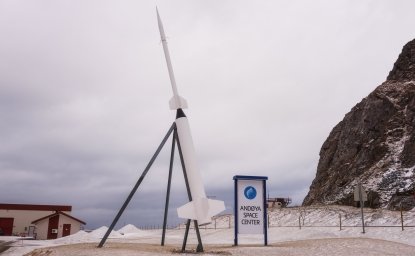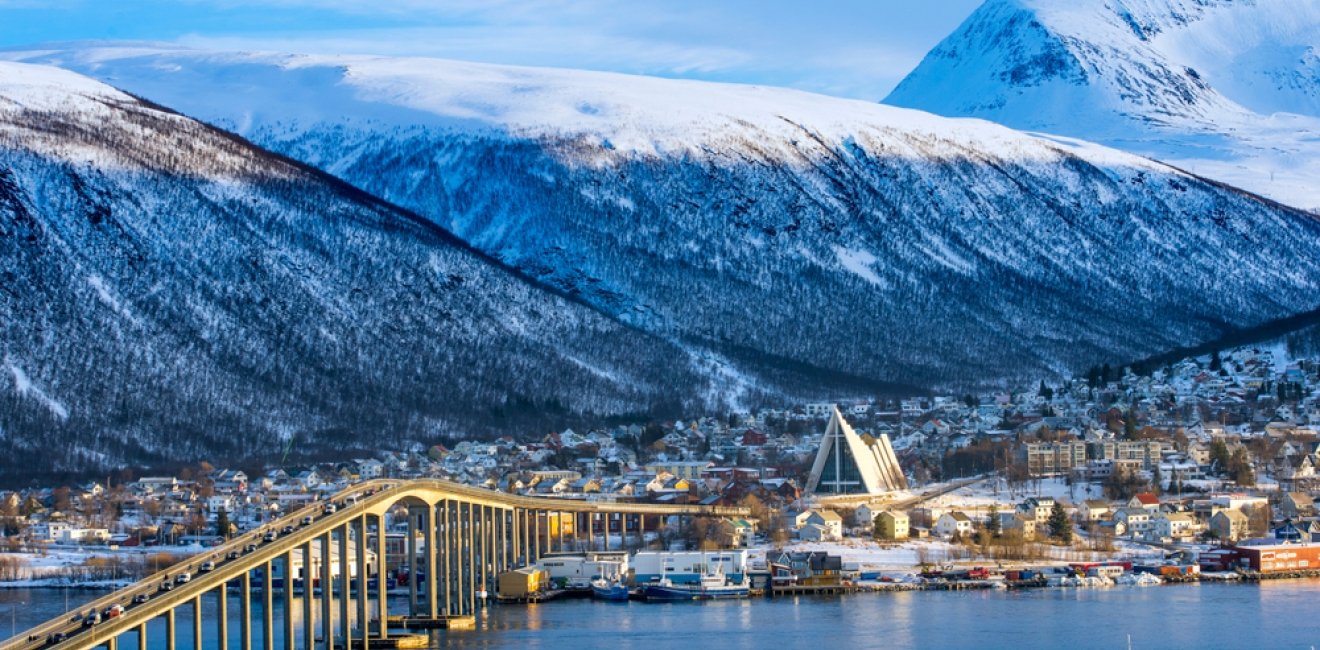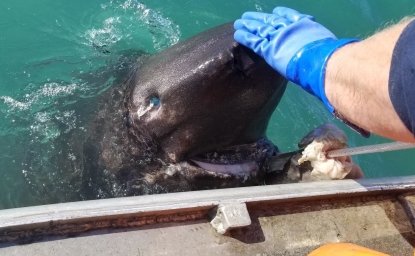
A blog of the Polar Institute
One can hardly cast an eye on the Arctic press or attend an Arctic-themed conference the last eighteen months without encountering breathy, earnest encomiums to the Arctic Council.[1]
Sometimes the eulogies note the passing of this unique forum—where for twenty-seven years the Arctic States and the Arctic Indigenous Permanent Participants have worked together to address issues of environmental protection, emergency preparedness and sustainable development—with regret. (“There was so much more work to be done.”)
Other times they read like death notices for someone who won’t be missed, coupled with an invitation to a rowdy wake where we can “finally” address the other issues that really matter in new groupings that include Arctic, “near-Arctic” and non-Arctic states and organizations.
If a year ago reports of the death of the Arctic Council could be dismissed as hyperbole, today they are outright falsehoods.
In May the eight Arctic States and six Permanent Participants conducted a (largely virtual) meeting to conclude Russia’s Chairmanship of the Arctic Council and to pass the gavel to Norway.
Norway, for its part, quickly demonstrated its ambition to lead an Arctic Council that functions.
It immediately outlined an ambitious agenda for its two-year term as Chair, which will focus on four thematic areas: the oceans, climate and the environment, sustainable economic development and people of the North.[2]
Perhaps more importantly, under the leadership of the Chair of the Senior Arctic Officials, Ambassador Morten Hoglund, Norway took concrete steps to reinvigorate the Arctic Council.
Soon after assuming the chair, Norway convened an in-person meeting of leaders of the Council’s working groups in Tromso. This meeting enabled representatives of the working groups both to get a deeper understanding of Norway’s plans, and to inform the Chair on ongoing projects.
Then, in the course of the summer, the Norwegian Chair proposed, and all eight Arctic States agreed to, a procedure for taking decisions through exchanges of documents. While this step may seem at first glance like administrivia, its importance cannot be overstated. With this decision-making procedure established, the Council has a means to publish completed research, to declare projects completed, and, most importantly, to start new work. I eagerly await the concrete results enabled by this important step, the research findings, recommendations, and new projects all in the interest of the Arctic and its peoples.
Make no mistake—Russia’s full-scale war against Ukraine remains a significant obstacle to the full, robust Arctic cooperation that marked much of the Council’s first twenty-five years. I, like so many, look forward to the day when Russia ends its war, and removes this obstacle to more thoroughgoing work to protect our shared Arctic home.
Thankfully, until the day when more robust cooperation is possible, the Norwegian Chair has mapped concrete plans and procedures for critical interaction in the Council among the Arctic States and Permanent Participants.
The Arctic Council is not dead, but rather, shows signs of resilience, flexibility, endurance and increasing vitality, demonstrating the value of decades-long cooperation and tangible results. Those who hold the best interest of the Arctic and its peoples at heart should be cheered by this fact, and should be prepared to offer the Council, under its Norwegian Chair, their full support.
Louis J. Crishock is a State Department Scholar at the Wilson Center’s Polar Institute. The views expressed here belong solely to the author and do not necessarily reflect those of the U.S. Government or the Wilson Center.
[1] For example, see The Rise and Sudden Fall of the Arctic Council (foreignpolicy.com)
[2] For additional details see Norway's Chairship, 2023-2025 | Arctic Council (arctic-council.org)
Author

Senior Foreign Service Officer, U.S. Department of State

Polar Institute
Since its inception in 2017, the Polar Institute has become a premier forum for discussion and policy analysis of Arctic and Antarctic issues, and is known in Washington, DC and elsewhere as the Arctic Public Square. The Institute holistically studies the central policy issues facing these regions—with an emphasis on Arctic governance, climate change, economic development, scientific research, security, and Indigenous communities—and communicates trusted analysis to policymakers and other stakeholders. Read more

Explore More in Polar Points
Browse Polar Points
Greenland’s New Governing Coalition Signals Consensus

Fulbright Arctic Initiative IV Scholar at the Polar Institute


